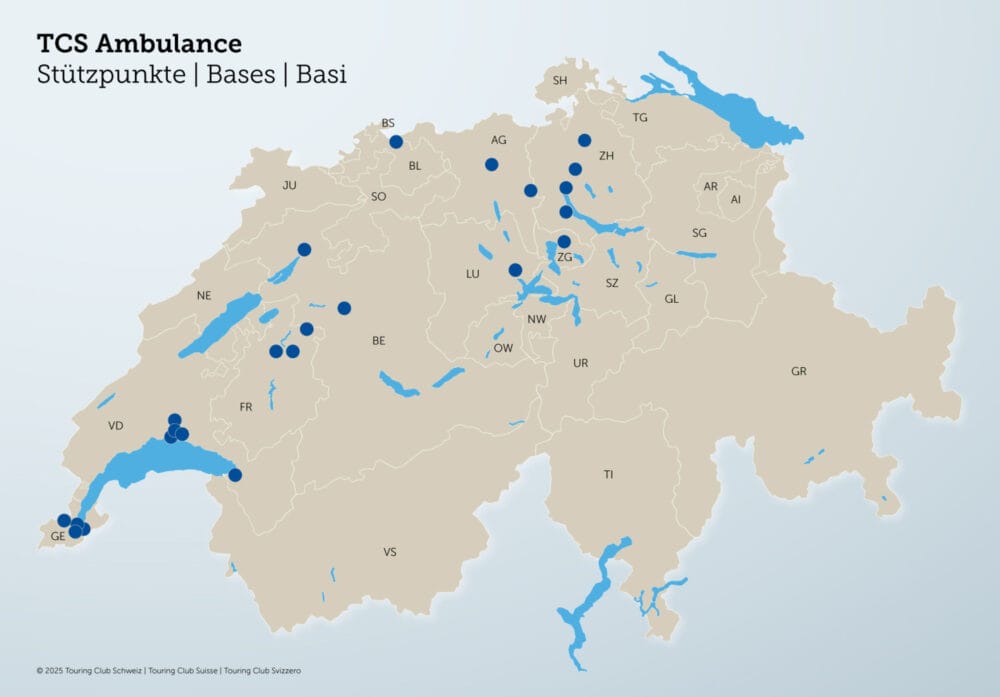A swarm of drones for construction work and repairs
An international research team led by drone expert Mirko Kovac from Empa and Imperial College London has taken bees as a model to develop a swarm of cooperative drones. However, drones on construction sites also pose new risks for occupational safety.

3D printing is becoming increasingly important in the construction industry. Both on construction sites and in factories, stationary and mobile robots are already printing components in steel and concrete. A new approach to 3D printing uses flying robots: drones that use collective construction methods - inspired by natural builders such as bees and wasps.
As the research team led by Mirko Kovac, who heads the "Materials and Technology Center of Robotics" at Empa and is also a professor at "Imperial College London", reports in a cover story in the science magazine "Nature", the system called "Aerial Additive Manufacturing" (Aerial-AM) consists of a fleet of drones that work together for a single construction plan. These include so-called "BuilDrones," which print and place materials in designated locations while in flight, and "ScanDrones." They are used for quality control, continuously recording the performance of the "BuilDrones" and specifying the upcoming manufacturing steps.
The Aerial AM system is designed so that the drones can adapt their activity to the different geometries of the structure as the construction process progresses. They act autonomously during their flight mission, but there is a human "controller" who observes the process and makes adjustments as needed - based on the information provided by the drones.
Tests with cylinders made of two materials
To test the concept, the researchers developed four cementitious mixtures with which to build the drones. The test prints included a cylinder about two meters high made of 72 layers of a polyurethane-based foam and an 18-centimeter-high cylinder made of 28 layers of a specially developed cementitious material.
Throughout the build process, the drones evaluate the printed geometry in real time and adjust their behavior to ensure they maintain a manufacturing accuracy with a maximum deviation of five millimeters.
The tests so far make the researchers confident - also with a view to deployments in construction practice. "We've demonstrated that drones can operate autonomously to construct and repair buildings, at least in the lab," says Mirko Kovac, "This scalable solution could facilitate construction and repair in hard-to-reach areas like high-rise buildings."
In the next step, the experts will work with construction companies to validate the developed solutions in practice and develop new repair and manufacturing options. They anticipate that their technology will provide significant cost savings and reduced risks compared to traditional manual methods. (Empa)
Drones are being used more and more frequently in the working world. The regulations that have to be complied with, the protective measures that have to be taken and what the company has to regulate in order to safeguard itself require a great deal of know-how. In our issue SAFETY-PLUS 4-2022 of 9.11.2022, we publish what companies have to face when drones are used.
You do not have a subscription yet? Then close right away here a subscription.
Source: Empa









